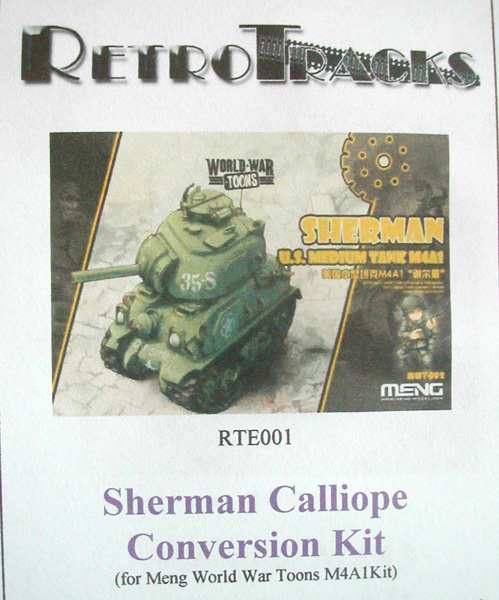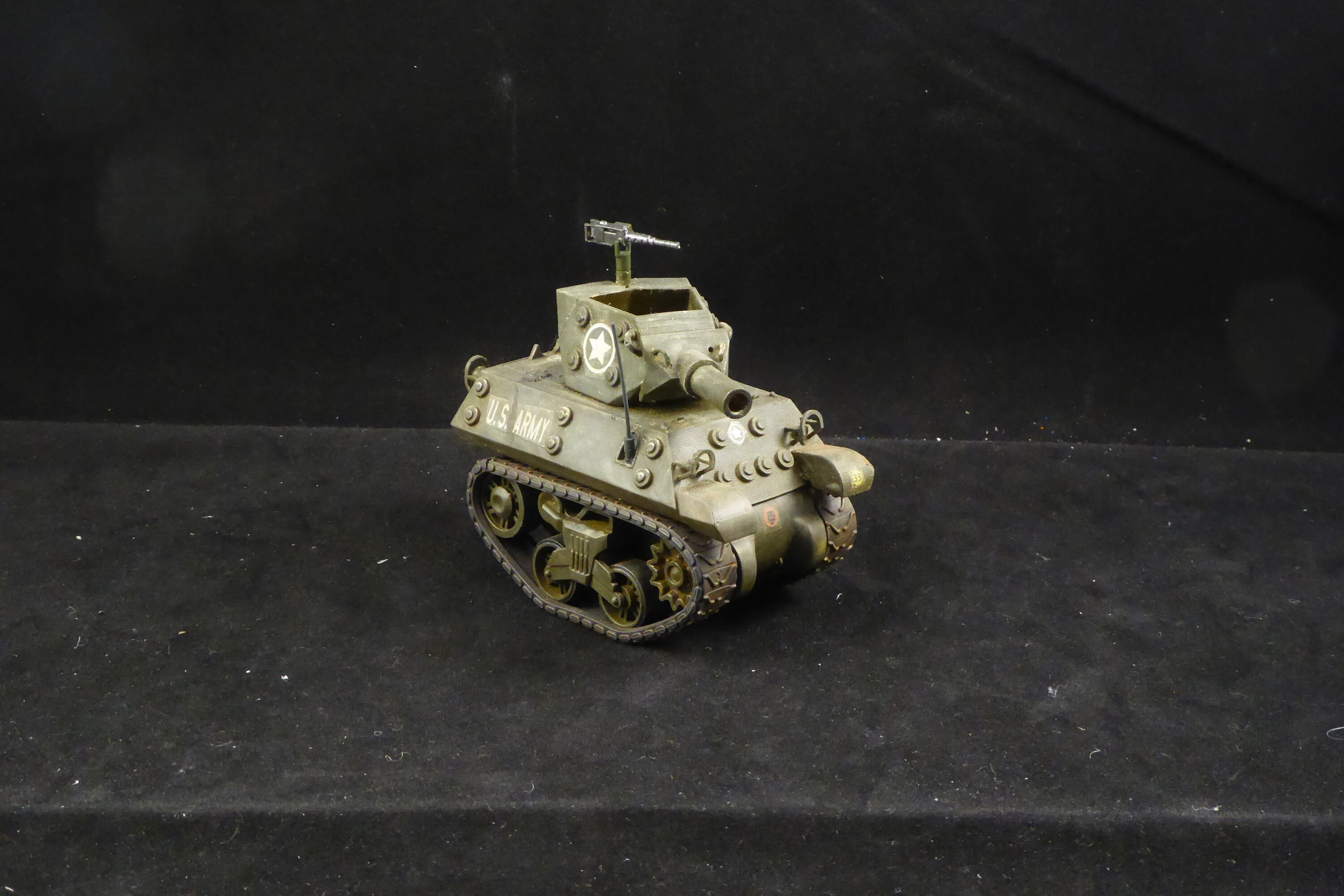

When Tobruk fell to the Germans in June 1942, Winston Churchill was with Franklin D. Production of the “small hatch” M4A1 ended in December 1943 after 6,281 units. in February 1942 the first vehicles rolled off the assembly lines at the Lima Locomotive Works in Ohio. The M4A1’s lower hull, running gear and the Wright R-975 Whirlwind engine were also all directly inherited from the M3. It had simply been adapted from its predecessor Lee/Grant, which had been built as the basic riveted M3, the cast hull M3A1 and four other versions.


The designation system for the Sherman’s variants had nothing to do with the order of production. It was the first Sherman variant to be accepted by the US Army, although its designation misleadingly suggests that the standard M4 came first. The M4A1 had a distinctively rounded cast upper hull which was cheaper and quicker to produce than the welded hulls. The M4’s seven main versions differed mostly in their engine types and hull shapes. This was done to take full advantage of the production capabilities of the vast American automotive industry: No less than eleven factories were involved in building the Western Allies’ World War 2 standard tank. Like its predecessor, the M3 Lee/Grant, the M4 Sherman was built in a wide variety of versions.


 0 kommentar(er)
0 kommentar(er)
